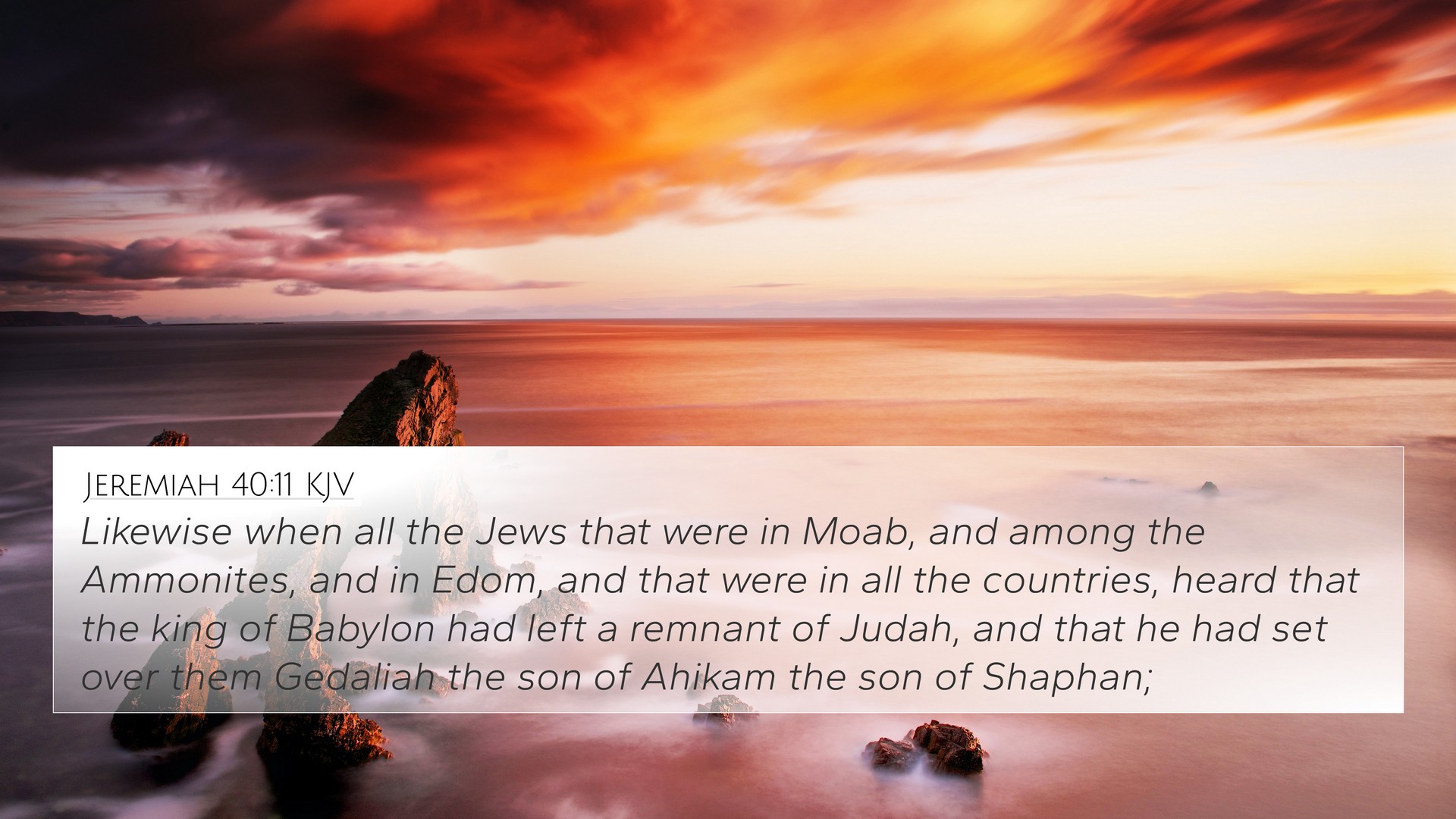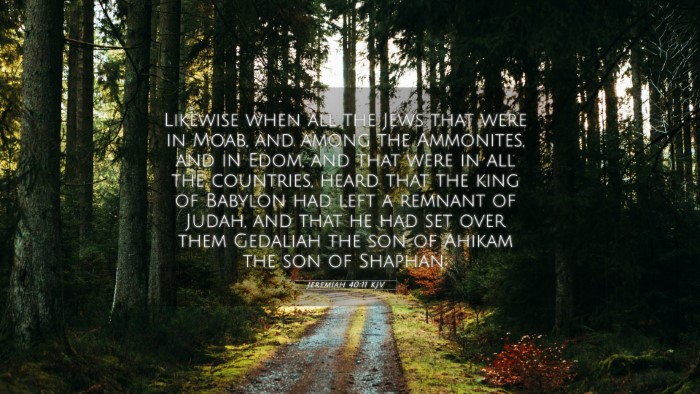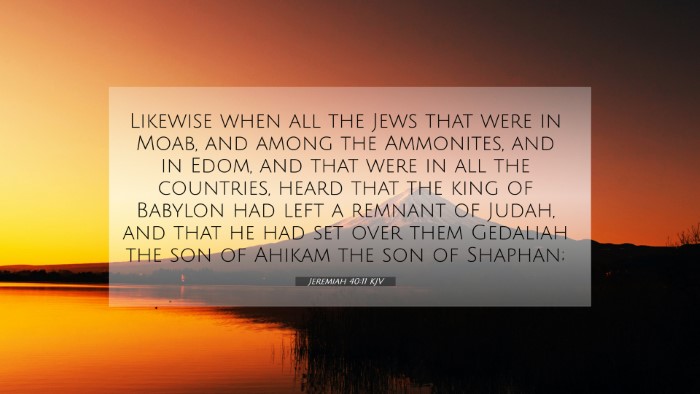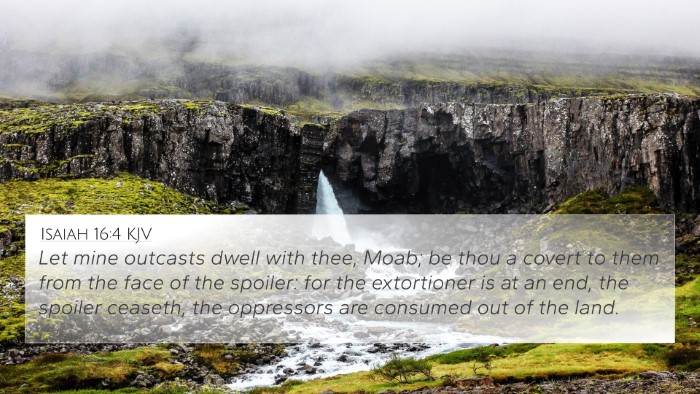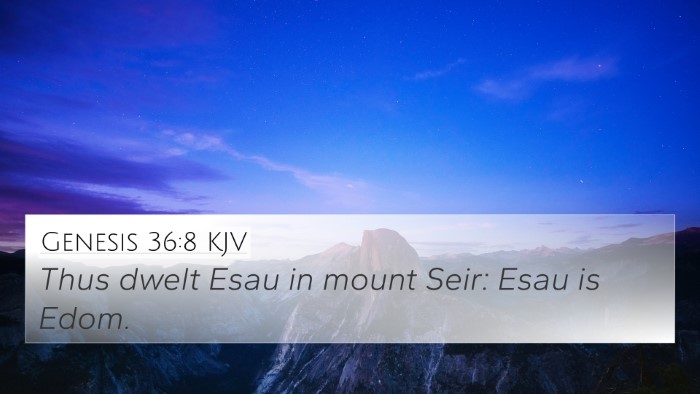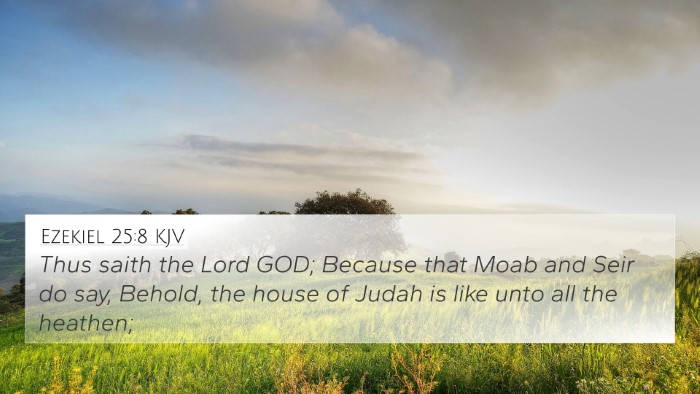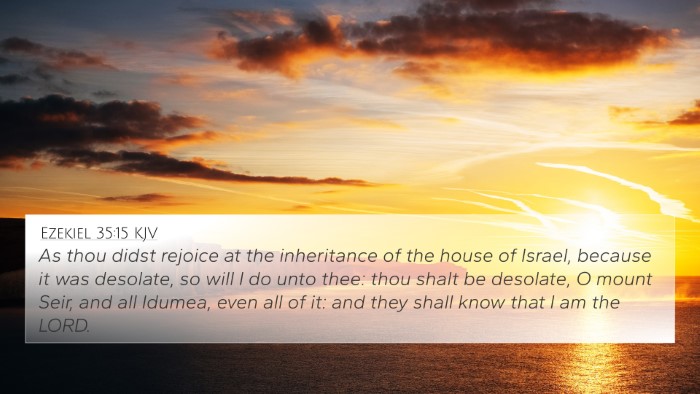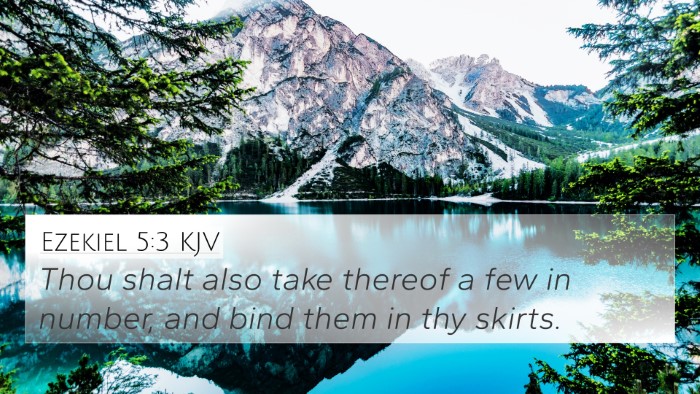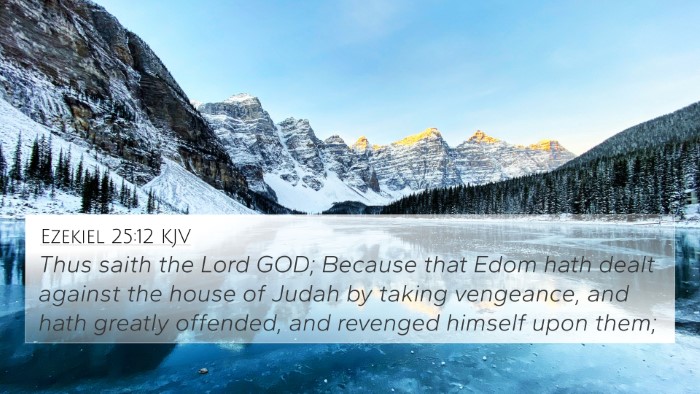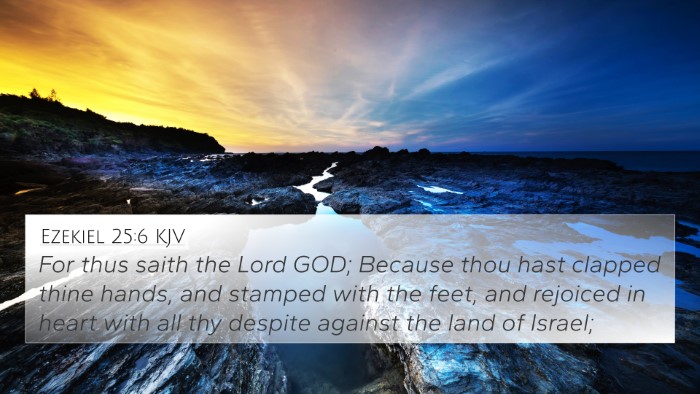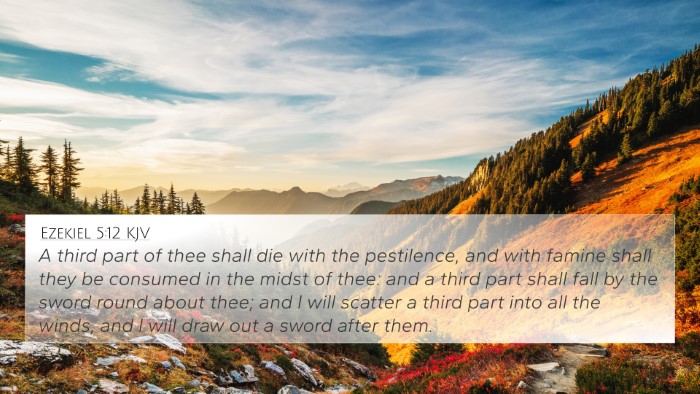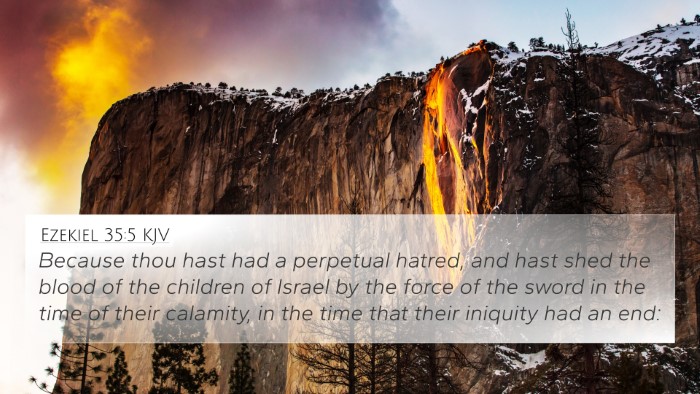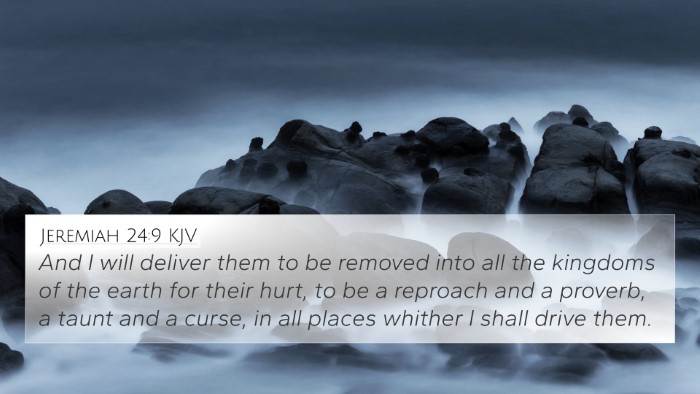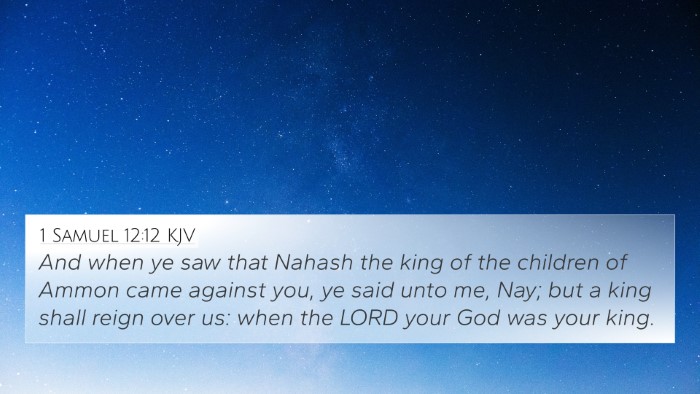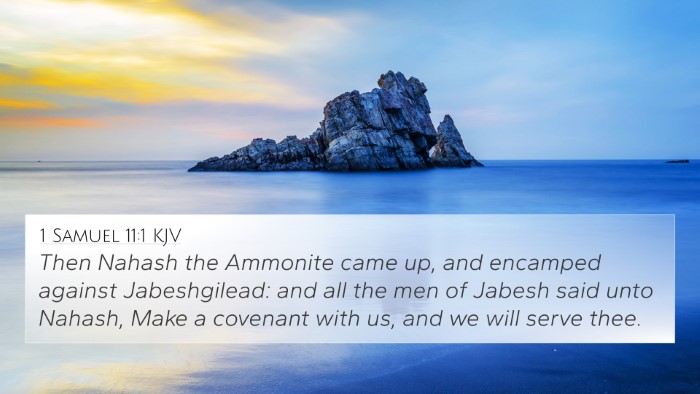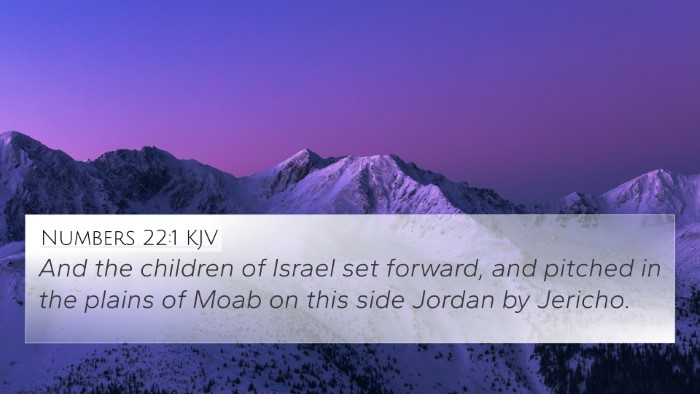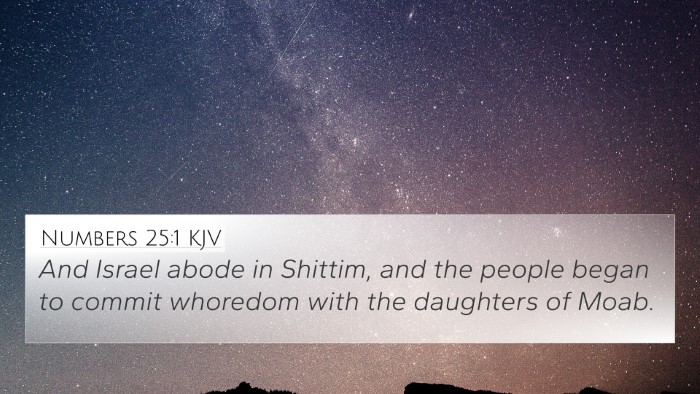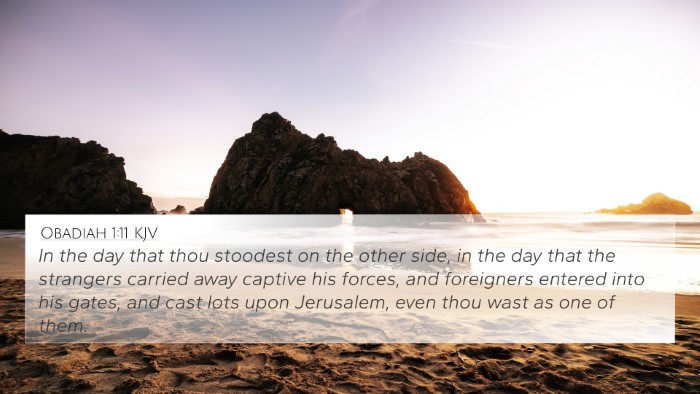Understanding Jeremiah 40:11
Jeremiah 40:11 states: "Likewise, when all the Jews who were in Moab and among the Ammonites and in Edom, and who were in all the countries, heard that the king of Babylon had left a remnant of Judah, and that he had set over them Gedaliah the son of Ahikam, the son of Shaphan," This verse signifies a pivotal moment in the history of Judah after the Babylonian conquest.
Summary of Key Insights
The context of this verse is rooted in the aftermath of significant upheaval in Jerusalem and Judah. Following the destruction of the city and the temple, the Babylonian king Nebuchadnezzar allowed a remnant of the people to remain under the leadership of a governor named Gedaliah. This was an act of grace amidst judgment.
Key Themes Explored
- Grace in Judgment: The appointment of Gedaliah represents a continuity of leadership and a chance for the remnant to rebuild.
- Restoration of Hope: The gathering of the exiled Jews highlights the perseverance of the people and the importance of unity in rebuilding their nation.
- The Role of Gedaliah: Gedaliah’s leadership is essential as it reflects a bridge between the past and the future for the people of Judah.
Connections Between Bible Verses
Jeremiah 40:11 can be connected to other significant verses in the Bible that discuss themes of restoration and leadership. Below are cross-references and their connections:
- Jeremiah 30:18-19: Discusses the promise of restoration for Jacob's tents and the rejoicing of God’s people.
- 2 Kings 25:22: Mentions the appointment of Gedaliah and the context of the remnant after the fall of Jerusalem.
- Ezra 1:1-4: Chronicles the decree of Cyrus to allow the Jews to return to Jerusalem, highlighting God’s continuing plan for His people.
- Isaiah 40:1-2: Words of comfort from God to His people about their sins being forgiven and the end of their suffering.
- Psalms 126:1-3: Expresses joy at the restoration of Zion, marking a time when God turned the captivity of His people.
- Micah 4:10: A prophetic assurance of delivering God's people from their captivity, connecting the themes of hope and restoration.
- Romans 11:5-6: Discusses a remnant chosen by grace, emphasizing continuity and God’s active plan within His people.
Bible Verse Parallels
The themes present in Jeremiah 40:11 are echoed throughout both the Old and New Testaments, demonstrating a rich tapestry of God’s plan for His people in times of distress. The remnant motif recurs in various contexts as God continuously presents opportunities for renewal.
Reflections on Leadership and Unity
The appointment of Gedaliah as governor holds a mirror to the importance of effective leadership emerging from tumultuous times. Public domain commentaries highlight how these figures are crucial for guiding the people through recovery stages, emphasizing the biblical principle where leadership is ordained by God for the sake of the community.
Utilizing Bible Cross-Referencing Tools
Engaging with cross-references allows believers to see the interwoven nature of scripture, providing deeper insights into God’s word. Here are suggested tools and methods:
- Bible Concordance: A helpful resource for finding verses related to specific themes and keywords.
- Cross-Reference Bible Study: Engaging with thematic parallels to enhance understanding of scriptures.
- Bible Cross-Reference Guide: A systematic approach to studying connections between verses.
- Bible Reference Resources: Utilizing commentaries and study guides for enhanced scriptural understanding.
- Comprehensive Bible Cross-Reference Materials: Accessing annotated texts that illuminate related verses and themes.
Further Reflections
The verse also invites reflection on the broader applications of God's promises and the significance of community support during rebuilding processes. In understanding the social and theological implications of such verses, believers gain clarity on God’s enduring faithfulness and the importance of remaining steadfast amidst trials.
Conclusion
Jeremiah 40:11 encapsulates themes of hope, leadership, and restoration in the aftermath of destruction. By examining the cross-references, one can appreciate the intricate narrative of God’s relationship with His people throughout scripture. The connections between these verses help elucidate God’s plans for restoration and His efforts to sustain a faithful remnant amidst despair.
